Toxugun Palace (덕수궁): History and Features
Many know that there are five royal palaces in Seoul, where once kings of Korea and their families lived. With the biggest of the five - the glowing palace of Gyeongbokgung (경복궁), I've introduced you. Let me take you into Toksuung Castle (덕수궁), which is not so big (only 67 thousand square meters), like Gyeongbokgung, but with its own flavor.
The palace is located in the heart of Seoul on the city hall street. The entrance is only worth 1 dollar. But if you dress up in Hanbok Korean national clothes, then you can go to the palace for free. The palace can be visited anytime, except Monday, from 9 am to 8 pm.
It is the only royal palace in Seoul, which has a modern building.
In translation from Korean, Toksugun is the Palace of Virtue and Longevity. Unlike the others, the palace was originally built for Prince Wilsan (월상), who is the eldest brother of the Joseon Dynasty King, King Songjo (선조 왕). In 1592, when the Imjin war broke out (Japanese anecdotes), the king and his family were forced to leave Seoul. For 1.5 years, they are hiding in the Yizhu region (modern North Korean territory). When they returned to the capital, all the royal palaces were burned, so the royal family was forced to settle in Toksugun Palace.
After King Songjo's death in 1608, the palace was crowned as Kwanghegong (광해군), which changed its name to a palace in Kyungunggun (경운궁).
In 1618, the reconstruction of Changyonkun Palace ended, in which the royal family moved. And Toksugun Palace is empty for the next 270 years.
In 1895, a tragedy occurred in Korea. Japanese mercenaries killed queen Myeongseong Hvanhvu (명성 황후) and King Gojong (고종 왕) appealed to Russian service with a request to take cover from the Japanese army. Form alnies with Russian forces against Japanese invaders.
A year later, the king returned to Seoul and settled at the Toksugun Palace. He gave a new name to the country - Tehan Zheguk (대한 제국), which means the Korean Empire. And Kozhong himself became the first emperor of the Korean Empire. Many sources say that the emperor's coronation was so noble that Emperor Gojong wanted to show the world that Korea is now independent.
Of course, the Japanese were not happy with the show, so during the next war with Korea they burned some of the places Kozjo's coronation ceremony was held, and the "Joseon Railway Hotel" was set up there.
King Gojong sent a message to The Hague, hoping to receive help. Japan forced him to abdicate, Toksugun Palace completely destroyed, and the country is completely inhabited by Japanese troops.
Let's go to the palace and get to know him better.
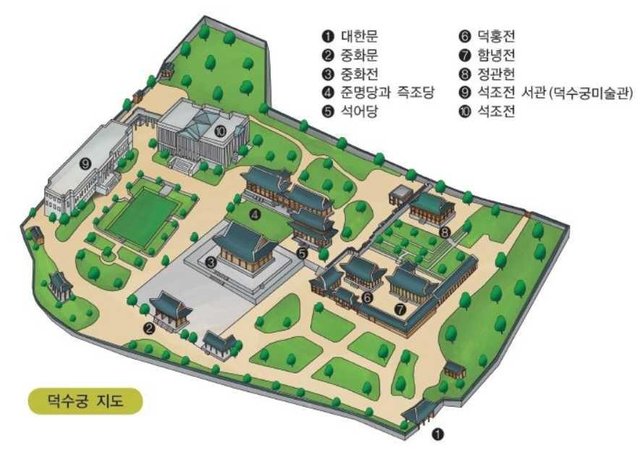
The main gate of Tehammun Palace (대한문) was originally named Tengmun (댄문). They were burned in 1904 and rebuilt in 1906. Taehanmun, translated from Korean, means Gateway to Heaven. The modern inscription at the gate was written by the mayor Nam Chon Chol (남 정철).
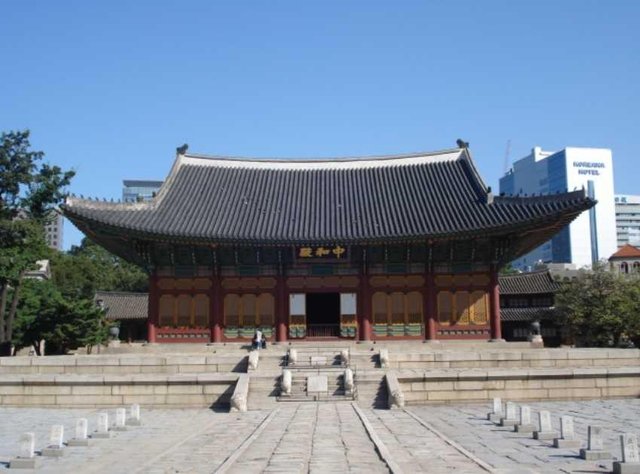
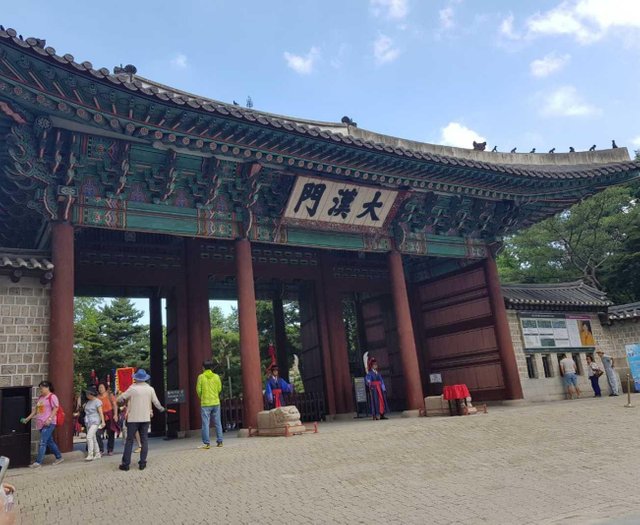
After walking a little further down the road, on the right we will see another Chunghwamun (중화 문) gate, which takes us to the throne room, which is depicted on the map at number 3. Chungwacheon throne room (중화전) is the national treasure no. 819. On the ceiling of the throne room is depicted a golden dragon, which serves as the king's symbol.
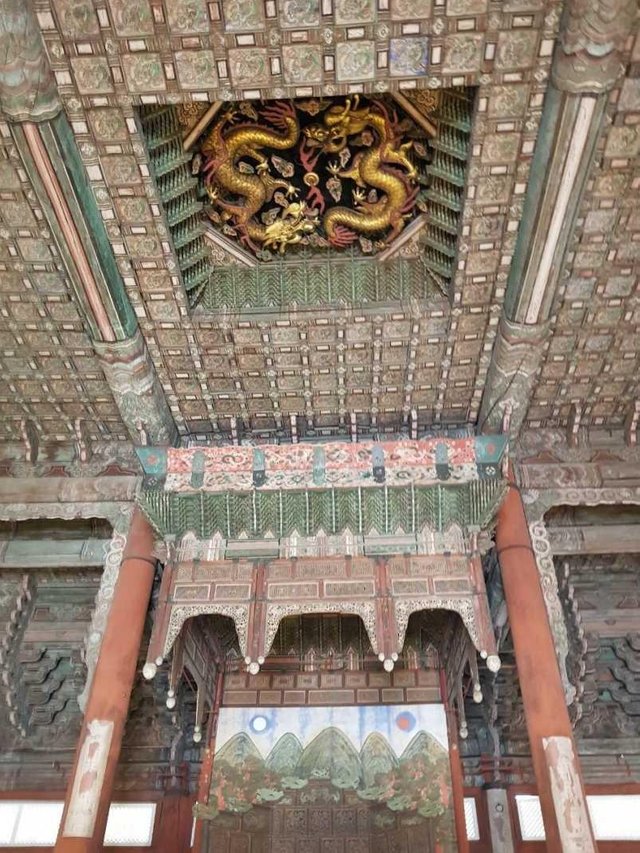
Behind the throne room are the Chikchodang (즉 조당) and Chungmendang (준 명당) pavilions (number 4). In the first pavilion, the palace festival was held, and also the coronation of Kwanghaegun and king of Injuo took place. But the second pavilion serves as a kindergarten for the daughter of King Gojong - Princess Tokhae.
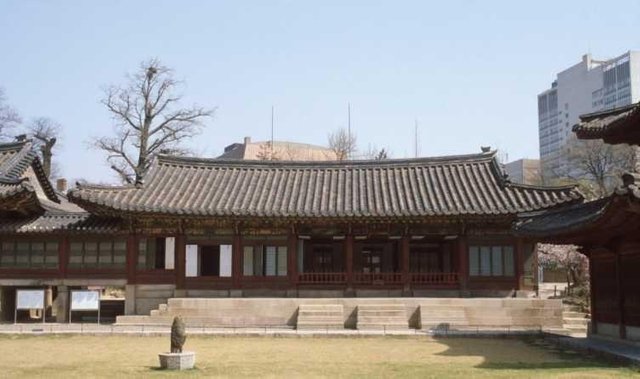
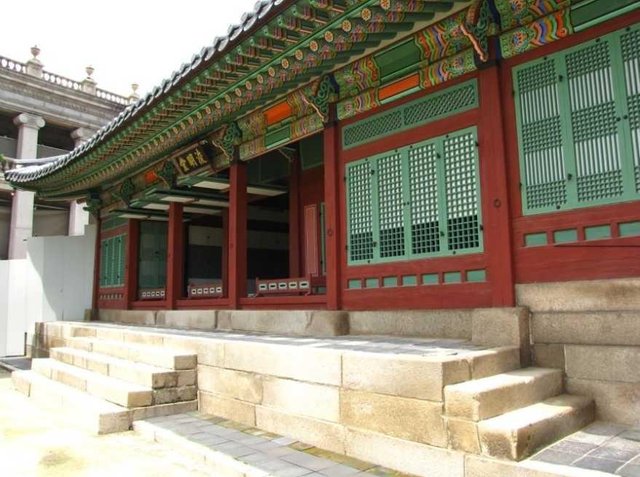
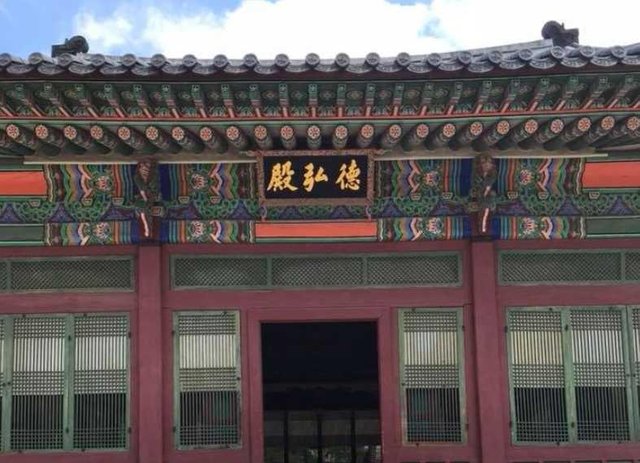
Number 5 on the map is where Royal Soghodang (석어당). It is the only multi-level building preserved in the palace, which is executed in a low style. And it's not that simple. King Songchio did not want to add bright colors, thus preserving the memories of the tragedy that swept the country in those years.
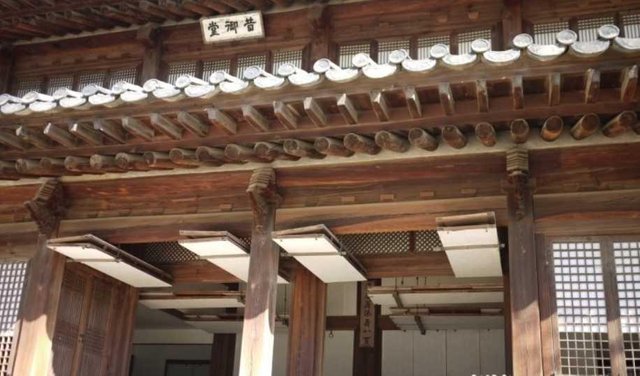
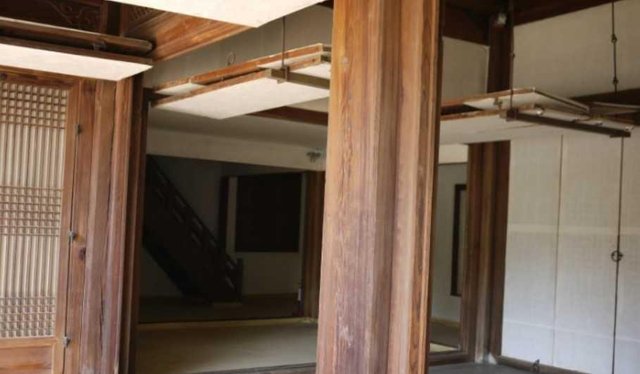
Pavilion (정관현) serves as a place for tea ceremony. The pavilion was designed by Russian architect Afanasy Seredin-Sabatin. The Pavilion combines two styles: traditional Korean and European.
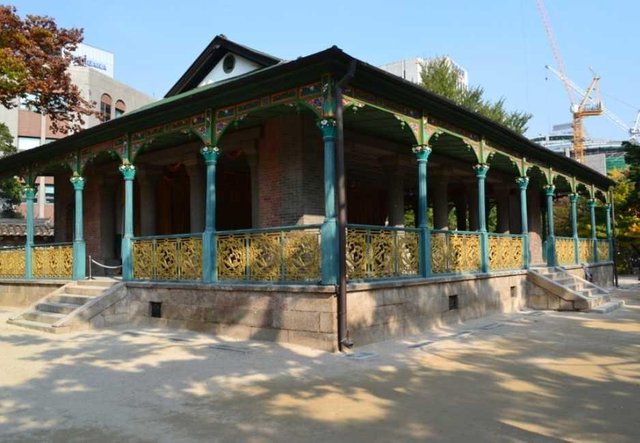
But the three-story building Sogchozhong (석조전) has become a European-style creation. British architect Harding was involved in designing the building. The construction was completed in 1910. Emperor Gojong tried to give the country a more modern look. It was one of the first stone buildings in Korea. On the first floor, the maids lived, on the floor above the emperor's study room, and on the last floor - the imperial chamber. When the emperor died in 1919, the Japanese invaders turned the building into a greenhouse, thus underestimating the power of the emperor. Today on the left wing Sogchozhong is the Gallery of Modern Art, and on the right wing is the Korean Imperial Museum, where we will walk for a while at a later time.
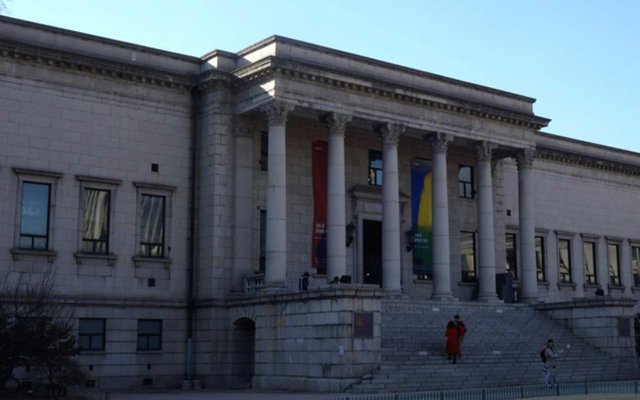
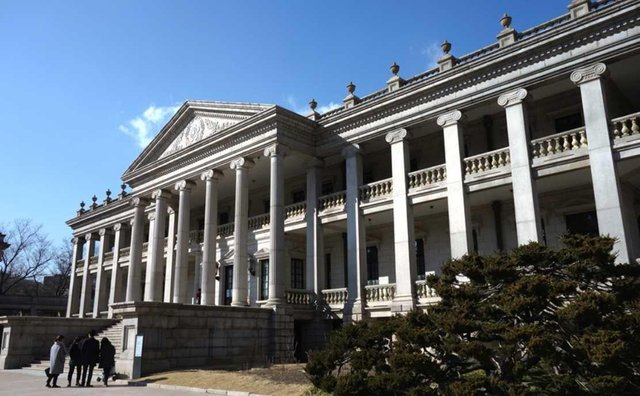
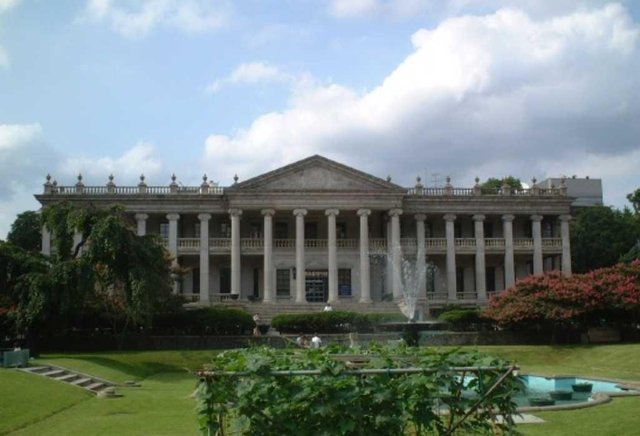
If you visit the museum at 11:00, 14:00 or 15:30, you can watch the presentation change the guard.
The modern area of Toksugun Palace is 3 times smaller than that before the Japanese annexation. Here there are times more buildings and structures. But this does not diminish the importance of the palace in Korean history, as this is the first palace of the Korean Empire.
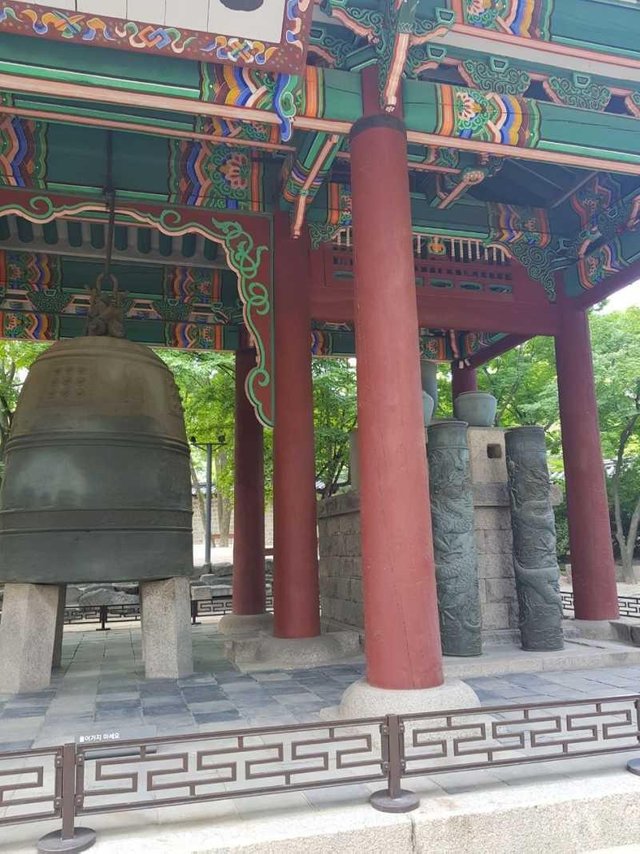
More information can be here :
Official Palace Site